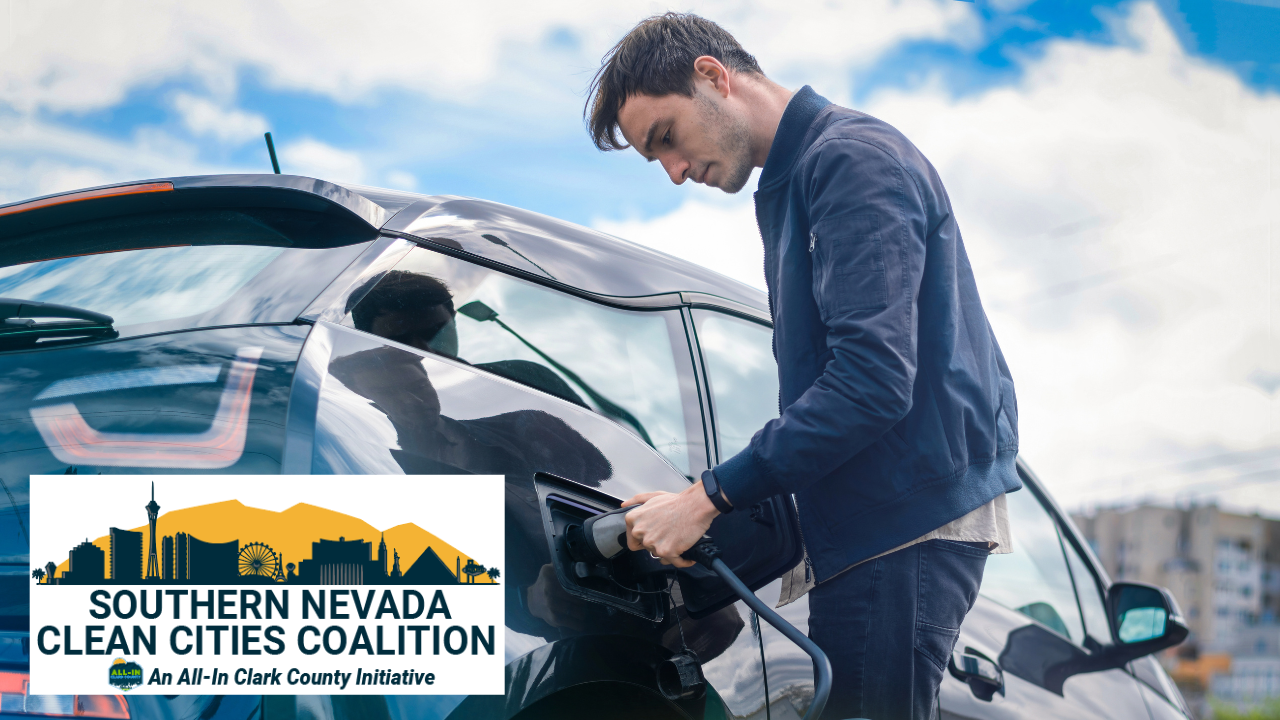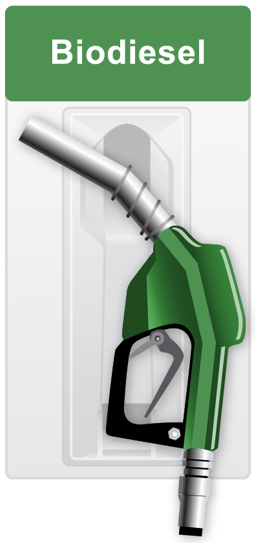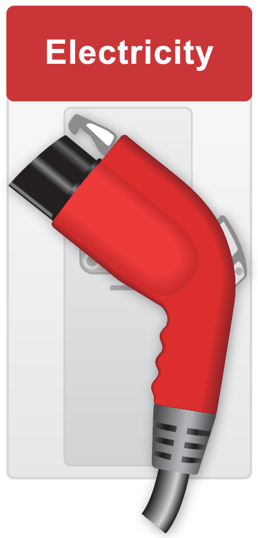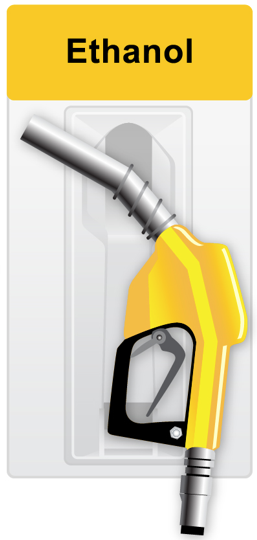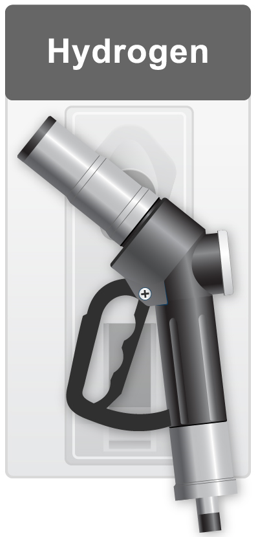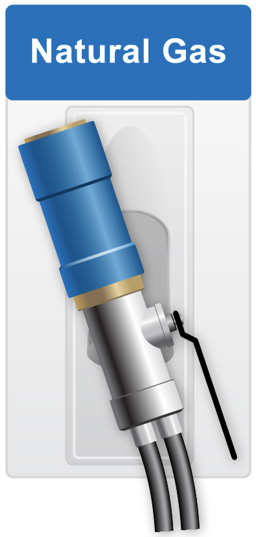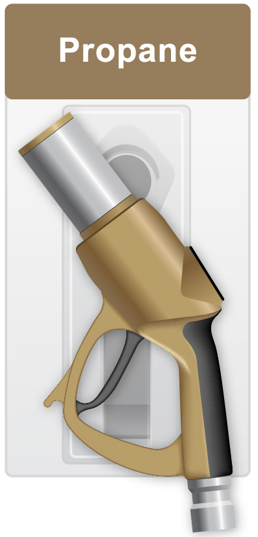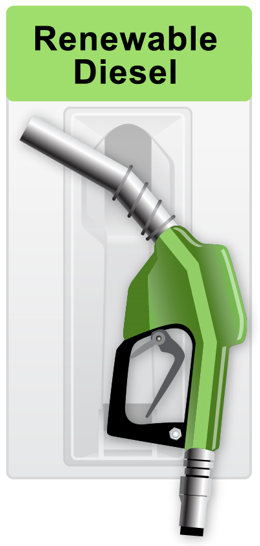Background
|
|
Learn More About Alternate Fuels
2025 Advisory Committee Co-Chairs
| Entity | Co-Chair | Title |
Nevada Department of Transportation | Kandee Bahr Worley | Division Chief, Sustainability and Emerging Transportation |
City of Henderson | Tory Jackson | Sustainability and Climate Manager |
2025 Advisory Committee
| Entity | Member | Title |
City of Henderson | Tory Jackson | Sustainability and Climate Manager |
City of Las Vegas | Marco Velotta | Planning Project Manager and Chief Sustainability Officer |
City of North Las Vegas | Kenneth Malley | Fleet Manager |
Clark County | Jeff Benites | Manager of Automotive Services |
Clark County School District (CCSD) | Lori Olson-Arzaga | Director, Environmental Services |
Harry Reid International Airport | Brad Tomm | Sustainability Manager |
Las Vegas Valley Water District (LVVWD) | David Bourn | Fleet Manager |
Nevada Clean Energy Fund (NCEF) | Kirsten Stasio | Chief Executive Officer |
Nevada Clinicians for Climate Action | Dr. Joanne Leovy | Steering Committee Chair |
Nevada Conservation League | Kristee Watson | Executive Director |
Nevada Department of Transportation (NDOT) | Kandee Bahr Worley | Division Chief, Sustainability and Emerging Transportation |
Republic Services | Steve Orrico | Manager, Community Relations |
NV Energy | Randy Koss | Manager, Fleet Services |
Regional Transportation Commission | Deborah Reardon | Regional Planning Manager |
Southwest Gas | Justin Mahana | Administrator/Corporate Fleet Management
|
University of Nevada Reno (UNR) | Christopher Lynch | Business Environmental Program Director |
Southern Nevada Clean Cities Coalition Co-Directors
The Co-Directors for SNCCC are Alexandra (Alee) Middleton and Rosalie Miletich, who have taken on directorial duties from Robert Burgy, Climate and Sustainability Program Manager of Clark County DES. Robert temporarily led SNCCC after Nicole Wargo, who served as Acting Director during the coalition’s apprentice and designation phases.
Alee is Co-Director of SNCCC and a Clean Cities Fellow for DES. She has experience in Environmental Education and Water Quality Research for Southern Nevada Water Authority. She is currently pursuing a master’s degree in Natural Resources with a focus on Law and Policy from Auburn University.
Rosalie serves alongside Alee as Co-Director of SNCCC. She has nearly a decade of industry experience in deploying large-scale renewable energy projects (solar, energy storage, and EV charging) and is a Principal Environmental Specialist for DES. She holds a graduate certificate in Environmental Policy from University of Massachusetts Dartmouth.
Clean Cities Coalition Resources
2025-2026 Program Plan Updates - Coming Soon
